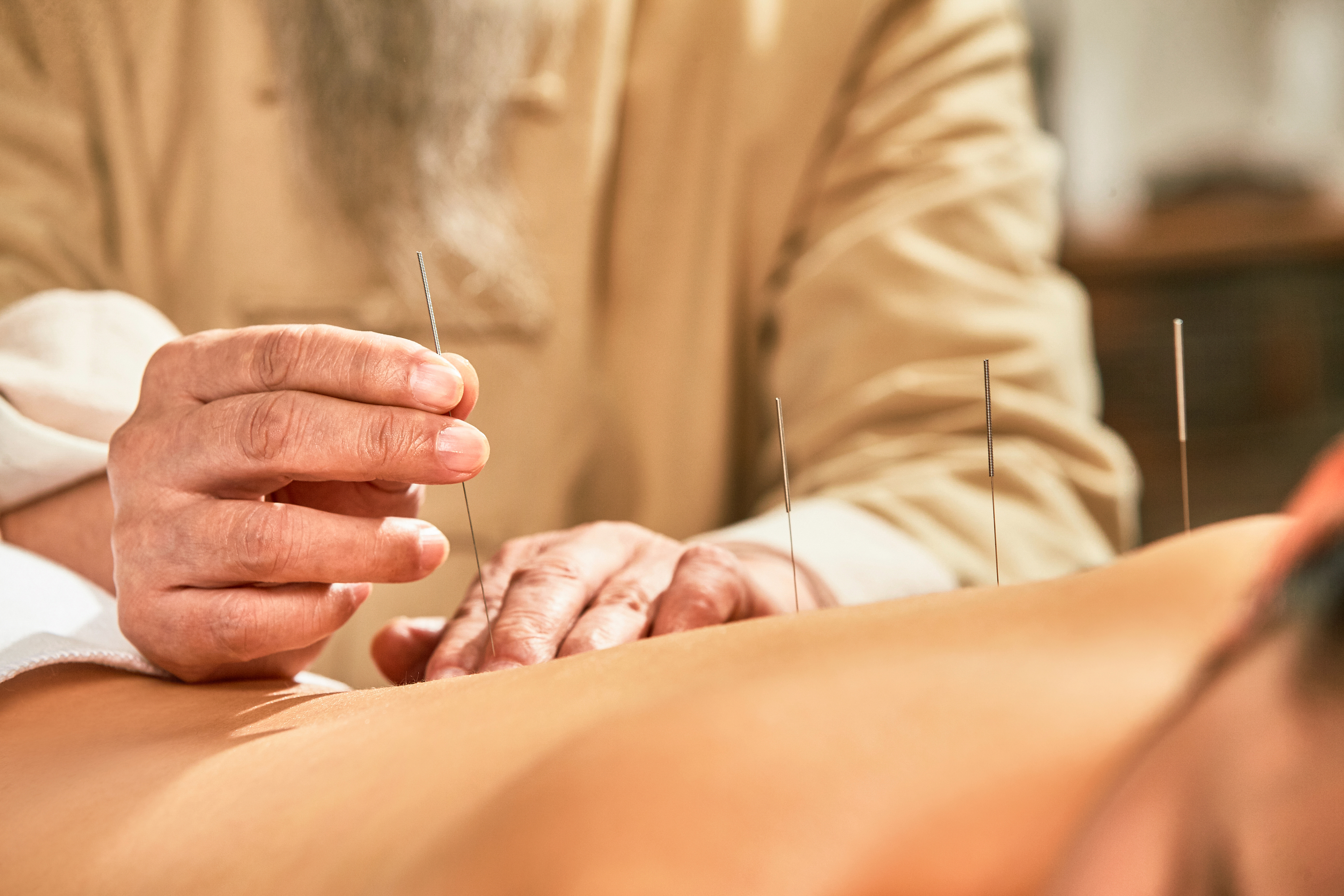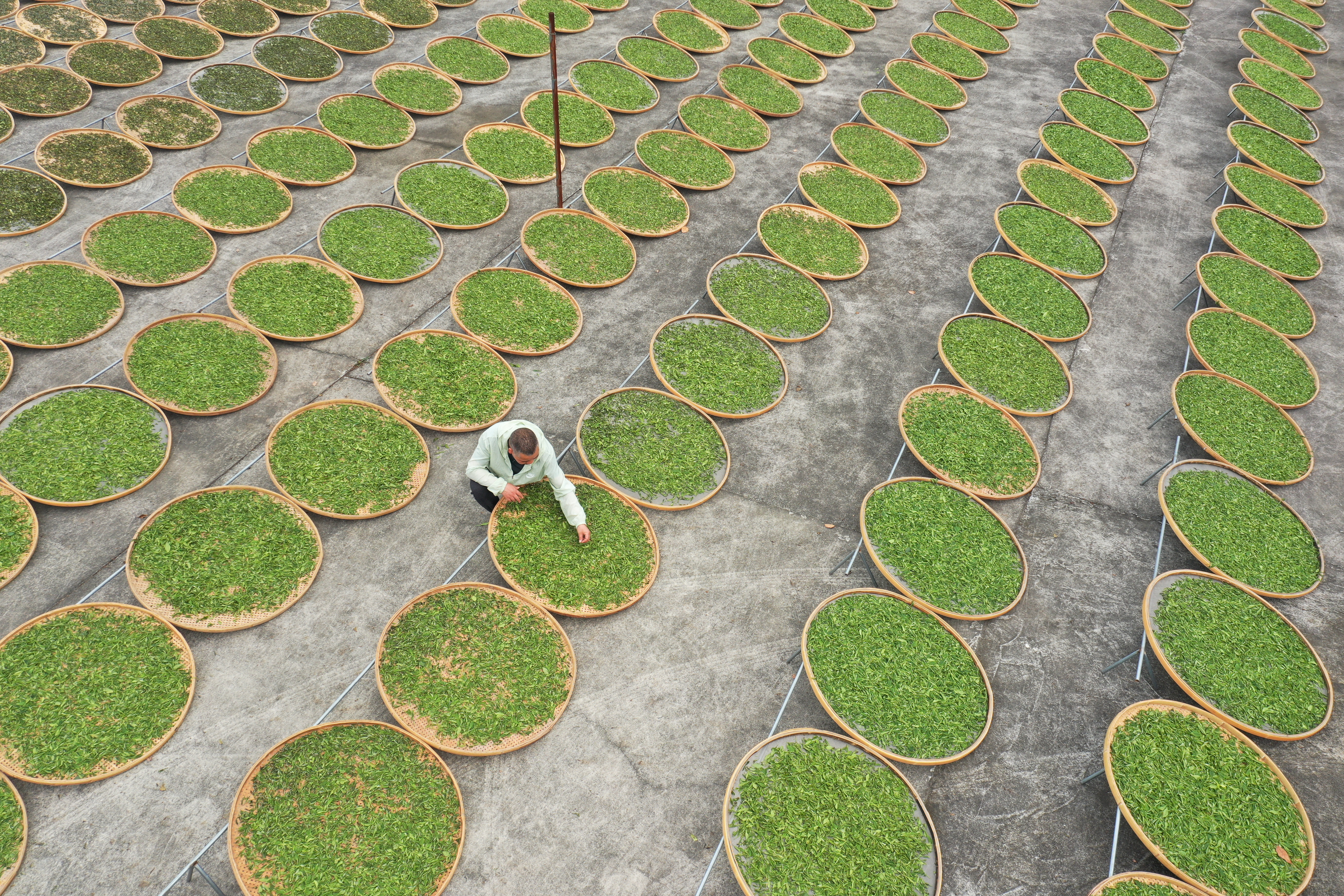Acupuncture and Moxibustion:Intangible Cultural Heritage

Acupuncture is using metal needles to pierce certain acupuncture points in the human body to adjust the qi and blood. (PHOTO: VCG)
By Staff Reporters
Acupuncture and moxibustion, two therapies in traditional Chinese medicine (TCM) originated in ancient China and developed over thousands of years by Chinese practitioners. Acupuncture uses metal needles to pierce certain acupuncture points in the human body to adjust the qi (energy) and blood. Moxibustion is carried out by igniting moxa (mugwort) sticks to warm the acupuncture points and reconcile the qi and blood.
A body of evidence from ancient Chinese medical books suggests that treatment with bian stones, flat at one end and with a lancet-shaped blade at the other, was an original form of acupuncture.
From the Warring States Period to the Western Han Dynasty (476 BC -25 AD), with the advancement of ironmaking technology, metal needles gradually replaced bian stone, thus expanding the practical scope of acupuncture. The needles used today, made of such materials as gold, silver, and stainless steel, are modeled on nine different types of needles described in The Yellow Emperor's Inner Classic, an ancient treatise on health and disease.
In moxibustion, diseases are treated using herbs and fire. The earliest record of moxibustion was discovered in Silk Book-Channels (206-220 BC). Moxibustion has gradually developed as one of the major therapies of TCM, as a result of people's increasing awareness of its analgesic and immunity enhancing value.
Acupuncture and moxibustion were listed in China's first batch of national intangible cultural heritage in 2006. To date, these therapies have spread to more than 140 countries and regions throughout the world, and played a significant role in safeguarding people's health.


